Burning the Midnight Oil for Living Energy Independence
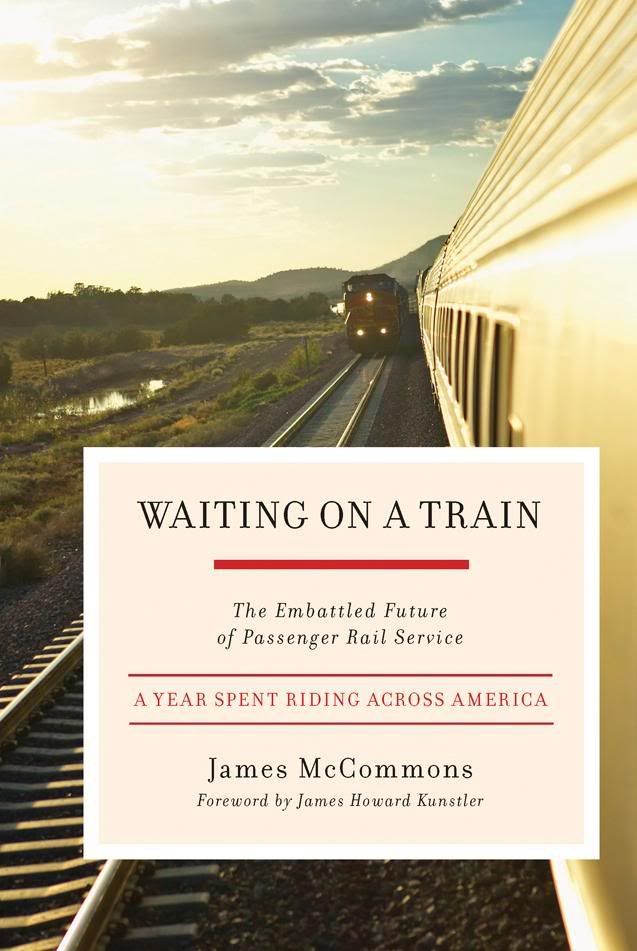 Flying home from the Economist’s national conference Atlanta (see note1) my brilliant entertainment plan to pass the day lost flying home from Atlanta fell apart.
Flying home from the Economist’s national conference Atlanta (see note1) my brilliant entertainment plan to pass the day lost flying home from Atlanta fell apart.
I could not attend even the 8am session on Tuesday, because the flight left at 11:15, and I was warned about TSA security theater delays. So I got on the MARTA train around 8:30, to stand in line to check-in, to stand in line to get through screening, to get to the gate and wait, to get on the plane which waited in line for a runway. It was, however, only half an hour in the air, so that fact that with a 125mph train to Charlotte I could have gone to the morning conference session and arrived in Charlotte sooner is neither here nor there.
Then I had a 3hr+ layover in Charlotte until the plane back home to NE Ohio. But I had my Netflix and some FullMetal Alchemist DVD’s, so no problem. Except my portable DVD player decided to stop working (see note2), so there were no DVD’s. Which meant I was forced to fall back on a “pbook” (paper book) I had brought with me – Waiting on a Train, which meant that I finally finished it (and still had several hours to wait after I had done so).
And in particular read the fascinating discussion of the touchy relationship between freight and passenger trains. Regular readers will know that this is a critical point: indeed, the entire Steel-Interstate strategy to getting Higher Speed Rail for Appalachia rests on passenger trains running on infrastructure provided in support of 100mph electric freight trains.


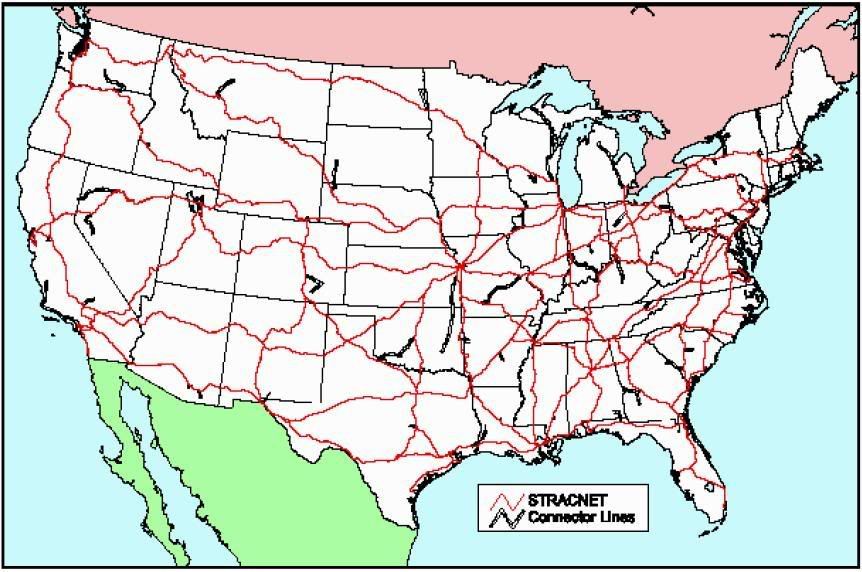 The
The 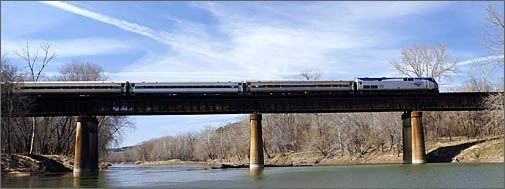 A few weeks back,
A few weeks back, 



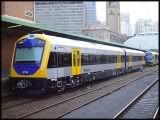
 Let construction or upgrade of a rail corridor be proposed, and almost immediately the cry goes up, “but we can’t afford it! It costs too much!”.
Let construction or upgrade of a rail corridor be proposed, and almost immediately the cry goes up, “but we can’t afford it! It costs too much!”. crossposted from
crossposted from  The people’s choice award in the
The people’s choice award in the 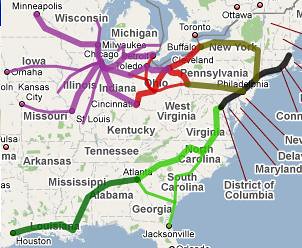 The increasingly
The increasingly  I have blogged on this topic before (links below the fold), and the concept is both powerful and simple. Electrify main rail corridors and provide the capacity to support 100mph Rapid Freight Rail. The points are direct:
I have blogged on this topic before (links below the fold), and the concept is both powerful and simple. Electrify main rail corridors and provide the capacity to support 100mph Rapid Freight Rail. The points are direct: